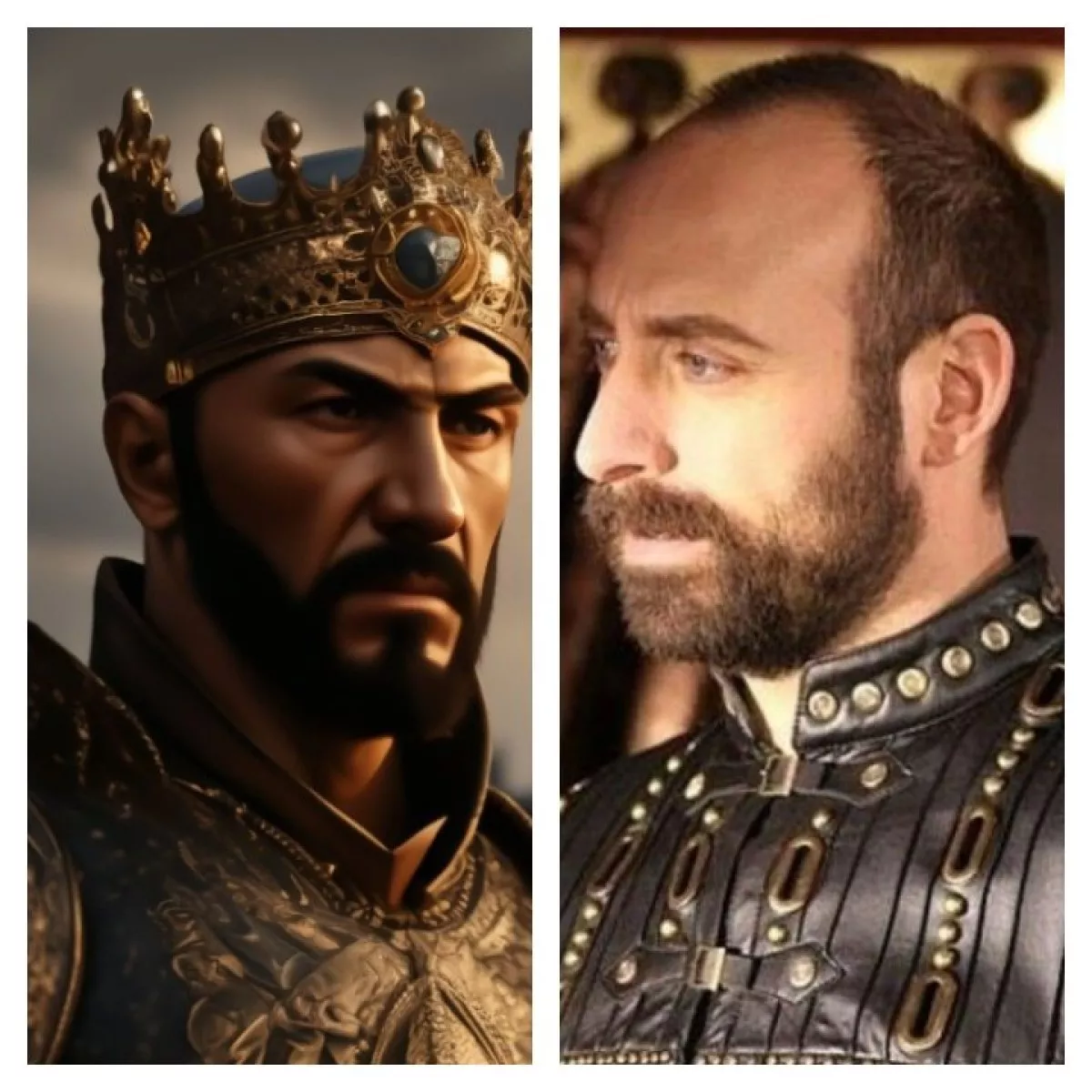
Let's imagine two great commanders, Amir Timur and Suleiman the Magnificent, clashing on the battlefield. This was reported by Upl.uz.
Both leaders were the most powerful military figures of their time, standing at the peak of their empires. We will examine the strengths and weaknesses of their armies, how such a war could unfold, and how realistic it would be for one to completely destroy the other's empire.
Amir Timur, also known as Timur the Lame, ruled a vast empire that stretched from India to Asia Minor. His army was famous for its speed and strength.
Composed mainly of cavalry, it included heavily armored horsemen and light cavalry archers. Timur was skilled in tactics, well-versed in the battlefield, conducting reconnaissance, and deceiving the enemy with distracting maneuvers, such as feigned retreats.
His soldiers were determined and experienced in long campaigns. Timur personally developed battle plans, adapting them as necessary to catch his opponent off guard.
Additionally, Timur had engineering units that successfully used siege machines to capture cities. His empire was rich in resources, allowing for the formation of large armies.
However, his army also had weaknesses. Although firearms, such as simple pistols, were used, they did not play a major role.
The naval fleet was almost nonexistent, which could pose a problem in a war against an empire that controlled the seas. Furthermore, his state governance was decentralized, relying more on personal rule and victories.
Suleiman, who ruled the Ottoman Empire in the mid-16th century, had one of the most powerful states of his time. His army was considered the most advanced in the world.
The elite new infantry was equipped with musket weapons and supported by strong artillery. The cavalry soldiers were well-trained, but their maneuverability might not have matched that of Timur's cavalry.
The Ottoman Empire had a strong naval fleet, controlling the Mediterranean Sea, which provided them with a strategic advantage. Suleiman's state had a centralized administration with a developed tax system.
This allowed for the support of long-term military campaigns. Ottoman fortresses, such as Istanbul and Belgrade, were built to withstand artillery attacks.
Suleiman stood out for his military prowess, but he collaborated with ministers and pashas in managing the army. Dependence on firearms could become a weakness, as disrupting their ranks would reduce their effectiveness.
If Timur had invaded the Ottoman Empire, he would have moved quickly from the eastern borders. His cavalry would swiftly capture border garrisons and devastate territories.
Timur would aim to prevent the Ottomans from preparing with rapid assaults. In open fields, he would try to encircle the enemy or force them into mistakes by utilizing the speed and maneuverability of his cavalry.
Suleiman, knowing the strength of Timur's cavalry, would choose a fortified position. The new infantry and artillery would be in favorable conditions to inflict maximum damage.
The Ottoman army would have the capability to fortify positions to protect infantry from cavalry attacks. A crucial factor would be firearms, as if the new infantry maintained their ranks, the musketeers and pistols could deal a significant blow to Timur's army.
If a decisive victory were not achieved on the battlefield, the war would transition to a siege phase. Although Timur was a master of siege warfare, the Ottoman fortresses of the 16th century were significantly stronger than their predecessors.







